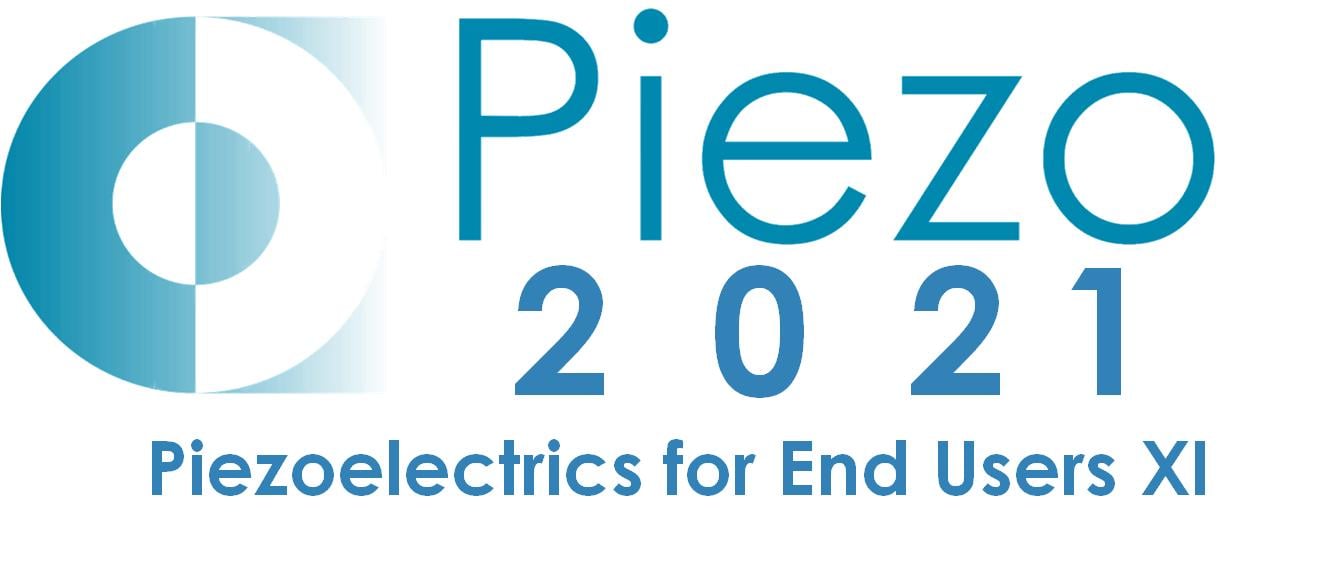Piezoelectric Ceramics: From Fundamentals to Applications
A special issue of Materials (ISSN 1996-1944). This special issue belongs to the section "Advanced and Functional Ceramics and Glasses".
Deadline for manuscript submissions: closed (30 June 2021) | Viewed by 44354
Special Issue Editors
Interests: piezoceramics; ferroelectrics; processing; characterization
Special Issues, Collections and Topics in MDPI journals
Interests: piezoceramics; structural characterization; wet chemistry; processing
Special Issues, Collections and Topics in MDPI journals
Special Issue Information
Dear Colleagues,
The poled polycrystalline ferroelectric materials, also known as piezoelectric ceramics, are the best example of multifunctionality. They have been classically used as sensors and actuators in all areas of daily life (telecommunications, industry, health, transport, etc.) and from the exploration of the universe to the exploration of the nanoworld. Indeed, telescopes use deformable mirrors containing hundreds of actuators. Further, piezoelectric scanners are a fundamental piece in all kinds of probe microscopes with a nanometer resolution. In addition, these versatile materials have in recent years found new uses in the field of the clean and renewable energy production systems, e.g., as mechanical harvesters. The limits of the use of piezoceramics are the limits of human ingenuity.
Piezoelectric ceramics, as they connect electrical and mechanical magnitudes, are complex to design for devices. Good electromechanical properties are a good starting point for applications. However, they must comply with strict mechanical properties’ requirements for long endurance in use. For this purpose, compulsorily, their processing has continuously been revised, and new cost-effective routes ensuring repeatability of the material production are tested. Commercial devices use lead titanate zirconate ceramics, which are prepared from lead oxide, a highly toxic compound, which must be replaced in devices according to the most recent regulations in force, e.g., in the European Community. For this reason, the investigation of ecological materials, without lead (lead-free), has experienced great growth in recent years, and examples of commercial applications are currently available.
Contributing manuscripts and review papers on the topics of new lead-free compositions and processing routes for bulk ceramics, thin and thick films and composites, on the structural, mechanical, coupled phenomena, ferroelectric and dielectric characterization, on modeling, and on application-oriented studies of these materials are welcomed. The editors are members of the European Institute of Piezoelectric Materials and Devices that is the co-organizer of the Conference “PIEZO2021: Piezoelectrics for End Users XI”, 21–24 February 2021, University of Sassary, Italy. Attendees to PIEZO2021 will enjoy a 10% discount of the APC for publishing the work presented at the Conference.
Prof. Lorena Pardo
Prof. Sebastiano Garroni
Prof. Amador M. González
Guest Editors

Manuscript Submission Information
Manuscripts should be submitted online at www.mdpi.com by registering and logging in to this website. Once you are registered, click here to go to the submission form. Manuscripts can be submitted until the deadline. All submissions that pass pre-check are peer-reviewed. Accepted papers will be published continuously in the journal (as soon as accepted) and will be listed together on the special issue website. Research articles, review articles as well as short communications are invited. For planned papers, a title and short abstract (about 100 words) can be sent to the Editorial Office for announcement on this website.
Submitted manuscripts should not have been published previously, nor be under consideration for publication elsewhere (except conference proceedings papers). All manuscripts are thoroughly refereed through a single-blind peer-review process. A guide for authors and other relevant information for submission of manuscripts is available on the Instructions for Authors page. Materials is an international peer-reviewed open access semimonthly journal published by MDPI.
Please visit the Instructions for Authors page before submitting a manuscript. The Article Processing Charge (APC) for publication in this open access journal is 2600 CHF (Swiss Francs). Submitted papers should be well formatted and use good English. Authors may use MDPI's English editing service prior to publication or during author revisions.
Keywords
- piezoceramics
- ferroelectrics
- processing
- characterization
- modeling
- structure
- lead-free
- applications in acoustic
- applications as ultrasound generators
- sensors
- actuators
- piezoelectric energy harvesting and energy storage
Benefits of Publishing in a Special Issue
- Ease of navigation: Grouping papers by topic helps scholars navigate broad scope journals more efficiently.
- Greater discoverability: Special Issues support the reach and impact of scientific research. Articles in Special Issues are more discoverable and cited more frequently.
- Expansion of research network: Special Issues facilitate connections among authors, fostering scientific collaborations.
- External promotion: Articles in Special Issues are often promoted through the journal's social media, increasing their visibility.
- e-Book format: Special Issues with more than 10 articles can be published as dedicated e-books, ensuring wide and rapid dissemination.
Further information on MDPI's Special Issue polices can be found here.
Related Special Issue
- Piezoelectrics and Ferroelectrics for End Users in Materials (5 articles)







